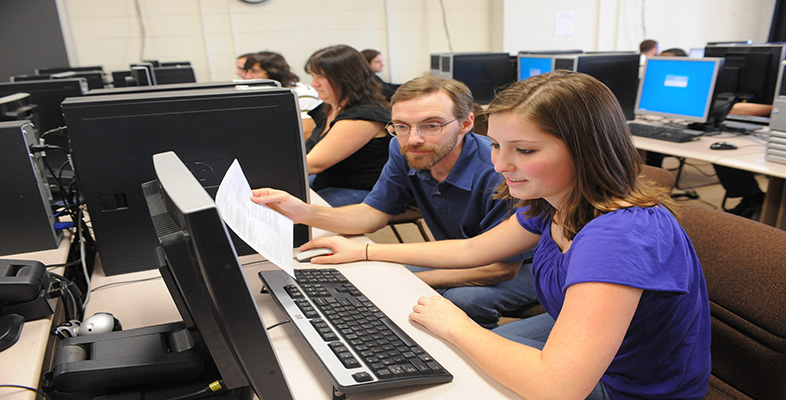4.3 OpenLearn
The material here on OpenLearn has been cleared for use using the Creative Commons Attribution Non-Commercial ShareAlike 2.0 for England and Wales.
In short, this means you are free to:
- copy, distribute, display and perform the work
- make derivative works
as long as you follow these conditions:
- attribution – you must give the original author credit
- non-commercial – you may not use this work for commercial purposes
- ShareAlike – if you alter, transform or build upon this work, you may distribute the resulting work only under a licence identical to this one.
If you want to, look at the Creative Commons Legal Code [Tip: hold Ctrl and click a link to open it in a new tab. (Hide tip)] .
All third party materials in OpenLearn are made available for use in accordance with permissions granted by rights owners and are not subject to Creative Commons licence. All users are required to read terms and conditions, and any restrictions that are placed with acknowledgements. So therefore it is possible to combine Creative Commons licence terms for your own materials and other terms for third party materials to ensure your users derive educational benefit from a variety of sources.
You can find the Plain English version of this licence by clicking on the log at the bottom of this page.
My final point about why you might want to construct your learning as an OER is that in serving the needs of your own learners you will be serving the needs of other learners. It is possible to use copyright material for online use if you point users to where it can be freely accessed, but cannot be copied or altered or if you password protect it so that, in effect, you are using it just for the few learners in your class. Many institutions currently do this using Blackboard or WebCT (now owned by Blackboard and being phased out) – but what a missed opportunity! If you have put in the work to create some online learning, why not let as many learners as possible share the experience?
To summarise, the following advantages and disadvantages need to be considered before you begin to create OERs:
Advantages to OER
- Freedom of access, both for yourself and others.
- Freedom from proprietary systems and corporations.
- Encourages pedagogical innovation.
- Lowers costs to students.
- Potential publicity.
- Contribution to a community.
- Method of collaboration.
- Helpful to future educators.
- Potentially beneficial to developing nations.
- Avoids ‘vendor lock-in’ or a situation in which you have to use one company's products.
Disadvantages to OER
- Varying degrees of time commitment.
- Teachers sometimes not rewarded by the system for their efforts.
- Starting large projects can be difficult.
- Some projects require startup resources.
- Quality varies.
- May not meet accessibility requirements for persons with disabilities.
- Need to check accuracy before use.
- May need a high degree of customisation (called localisation in the OER community).
- Technical requirements vary and some require you to use a particular software.
- Requires varying degrees of continual financial support.
- Licensing and obtaining copyright clearance can be difficult.
- Some institutions may be concerned about ‘giving it away’.
(From WikiEducator’s OER handbook for educators.)
Activity 9
What are the key licensing considerations you need to take into account for the resource you’re working on? What is your institution’s policy on Creative Commons licences? What type of Creative Commons licence would you feel most comfortable publishing my work under and why?
